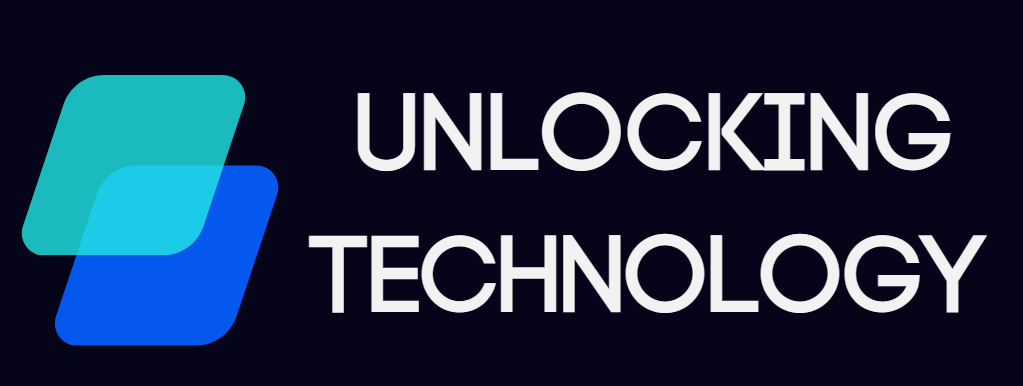Revolutionary Advances in Digital Art: Exploring the Future of Creativity
Since technology has been incorporated into the creative process, the world of art has undergone significant change. The once-niche field of digital art has evolved into a vast and dynamic field that challenges the limits of the human imagination. Digital art has significantly improved as a result of the fusion of art and technology, providing artists with previously unheard-of tools and chances to push the boundaries of their creativity.
Beyond the conventional canvas, digital art now embraces the use of pixels, vectors, and even virtual environments.
1. Illustration and painting using digital media.
With the availability of digital brushes and palettes, artists can now easily produce intricate and dynamic works of art. Digital art can mimic more traditional mediums like oil, watercolor, and pencil while also providing countless opportunities for experimentation.
2. 3D modeling and sculpture.
We now have more creative options thanks to digital sculpture. To create intricate sculptures and characters, artists can work with digital clay. This technology is used in a variety of fields, including product design, video games, and the film and television industries.
3. Algorithms and the Creative Arts.
Creative art, where code generates original visuals, is the result of the fusion of algorithms and art. The distinction between the artist's intention and the randomness of the computer is blurred by artists who create algorithms that result in unexpected and captivating works of art.
A larger audience can now create digital art thanks to improvements in hardware and software.
1. Styluses and Digital tablets:
The tactile experience offered by graphics tablets and styluses is comparable to that of conventional art supplies. Smaller strokes and gestures are possible thanks to pressure sensitivity and precision, which enhances the artist's control and expression.
2. Animation and motion graphics.
Beyond static images, there is digital art. As seen in ad campaigns, short films, and immersive experiences, motion graphics and animation tools enable artists to bring their creations to life.
3. AR and VR stand for virtual reality.
Between artists and their audiences, VR and AR technologies have removed barriers. In order to blur the distinction between participant and observer, artists can create immersive installations and experiences that invite viewers to enter their world.
A companion that brings new dimensions to artistic creation is artificial intelligence (AI).
1. Neural networks and style transfer.
AI algorithms are capable of transferring the visual aesthetic of one piece of art to another, creating intriguing combinations of aesthetics. New perspectives are available to artists thanks to neural networks, which create new works by learning from existing ones.
2. Interactive art installations.
An interactive and dynamic experience is produced by installations powered by AI. The conventional view of art as a form of one-way communication is challenged by this interaction.
Digital art is in constant evolution and faces both opportunities and difficulties.
1. Originality and intellectual property:
Digital artworks' ease of distribution and copying raises questions about their originality and copyright protection. To safeguard creators' rights, platforms and artists alike must find creative solutions.
2. Human Touch versus. Automation:
While the potential for AI-powered art production is exciting, there are ongoing discussions regarding the importance of human intuition and emotional complexity in the creative process.
Amazingly, the future of digital art suggests an era of unrestricted creativity.
1. Virtual galleries and museums:
Physical spaces are not a requirement for digital art. A global audience can view artwork in an immersive virtual setting by visiting virtual museums and galleries.
2. The relationship between NFTs and digital property is as follows.
The idea of ownership in the digital space has been completely transformed by non-fungible tokens (NFTs). Artists can tokenize their digital works, giving collectors access to priceless digital artifacts.


0 Comments